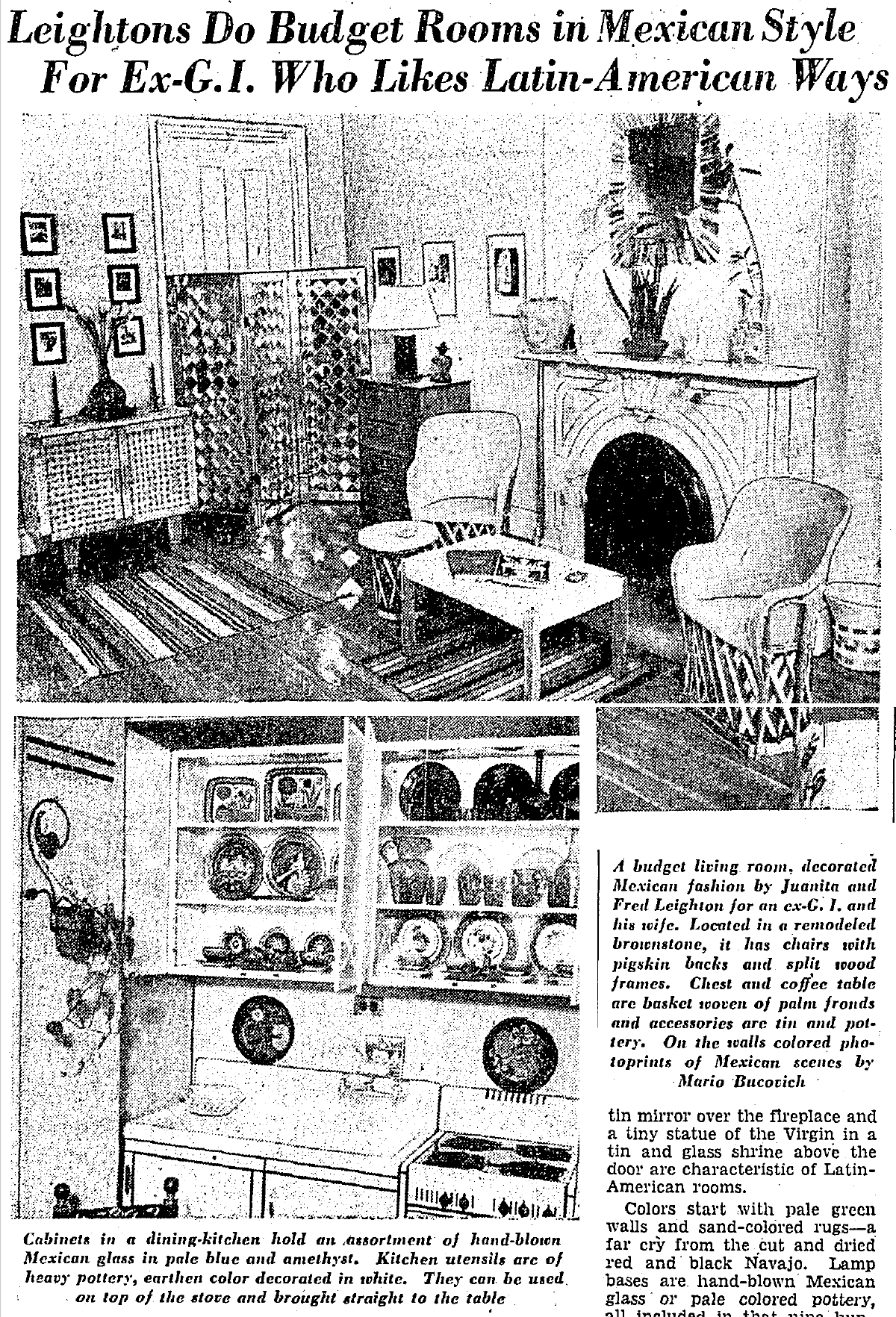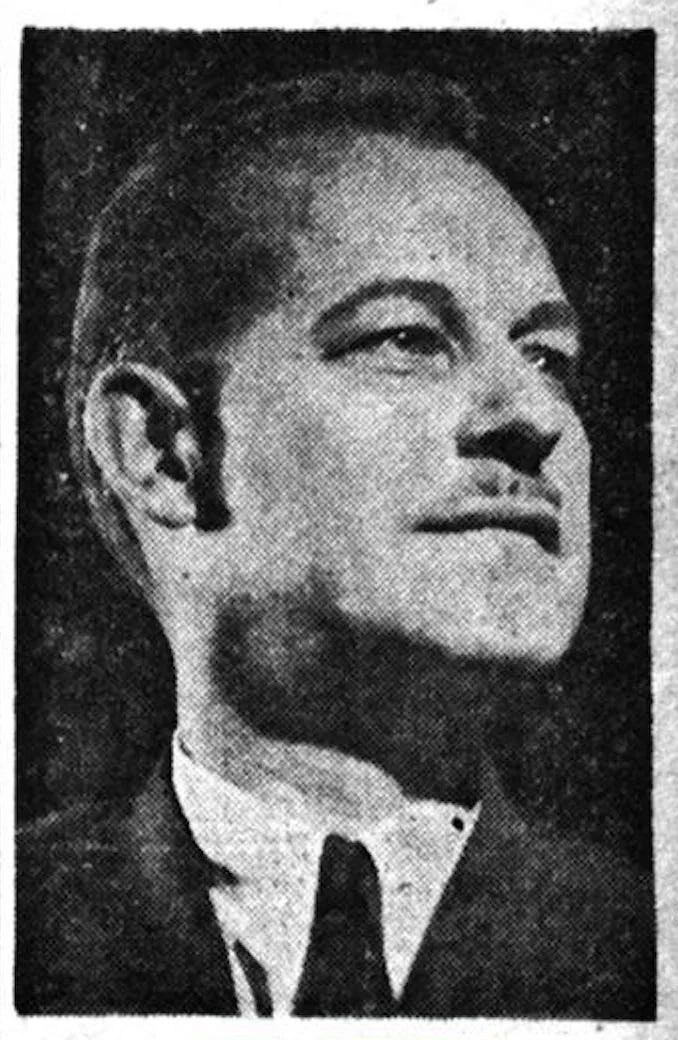This is the final part of a two-part article on the importer and retailer Fred Leighton. To read part one, click here.
Handicrafts breathing the warmth of the carefully nurtured skill that went into their making possessed for us an increasing attraction, softening the sometimes cold severity of machine-turned furnishings. Glorifying, as we do, in the comfort and efficient precision of modern appliances we nevertheless respond with nostalgic yearning and affection to the beautiful handicrafts of a pre-industrial age.
These traditional crafts still flourish throughout Latin America. They will continue for many years; local artisans are learning to apply old skills to new forms as improved communications and transportation put their distant workshops into more direct contact with the demands of the North American market.
For over twenty years it has been our aim and practice to promote the sale of Western Hemisphere handicrafts possessing both beauty and utility.
- Fred Leighton, 1955
The Leightons' taste was their own best advertisement for incorporating Mexican handicrafts into the mid-century home. Their New York apartment was profiled in the design press—a mix of “slightly dour Pennsylvania Dutch and modern Mexican Indians—said to be light-hearted” that resulted in “a brand-new decorating scheme, something that doesn’t come our way very often.” Eugenia Sheppard continued, “Both the Leightons are outdoors people who like sunshine, strong colors and simple, sturdy chairs and tables. Sinks and china cupboards and a cobbler's bench are the Dutch part of their living equipment. To these they add Navaho rugs, Mexican lamps and pottery. Their dining room combines an old table from a Pennsylvania tavern with rush-bottomed Mexican chairs.” This eclectic jumble worked well for city life; in Mexico, they retained the adobe house and furnishings in a historically accurate manner, even down to cooking solely on charcoal and not installing electricity. As a side business, the Leightons did some interior decoration work, offering budget interpretations of Mexican homes for cost-conscious New Yorkers.


Juanita or Jane’s influence extended to a complete redecoration of the store in early 1944. Harper’s Bazaar lauded the new direction:
“Fred Leighton's Mexican shop at 15 East 8th has just had a complete redoing under the enthusiastic direction of Mrs. Leighton, who recently returned from Mexico. We were delighted by the bright sprawling murals, painted here and there as wall space offers, and by the quaint old-fashioned photographs, tinted in chalky pinks and greens, that hang the entire length of one side of the shop. You can find gay Mexican glassware here, tumblers and bottles and plates in amber, blue, and sea-green. And bright polished tin things to lend a shine to your house, mirrors framed in tin, or twisted hammered masks, or candlesticks and hanging lanterns to glimmer in dim corners.”
With “rococo, white plaster curlicues and bold photo murals,” it almost sounds like her idea was “Dorothy Draper goes to Mexico”—echoing, on a much smaller scale, the “smart and startling” work Draper was then doing at the Hotel Quitandinha, Petropolis, Brazil.
Keep reading with a 7-day free trial
Subscribe to Sighs & Whispers to keep reading this post and get 7 days of free access to the full post archives.




